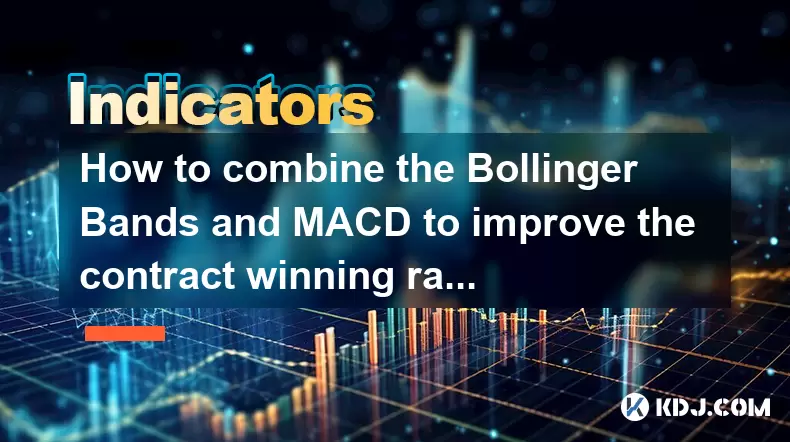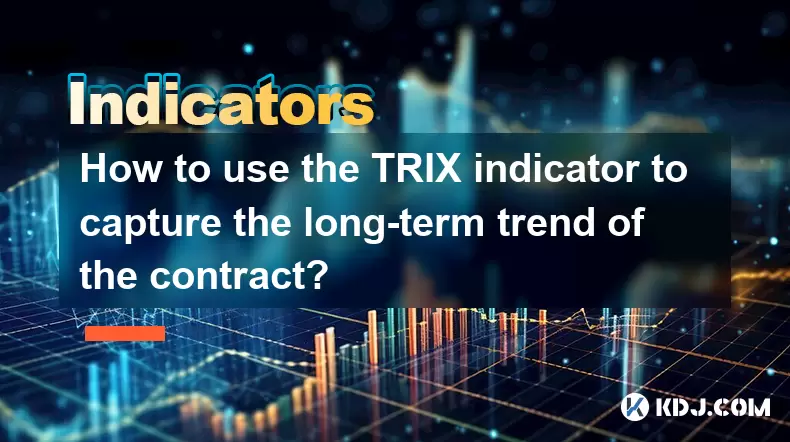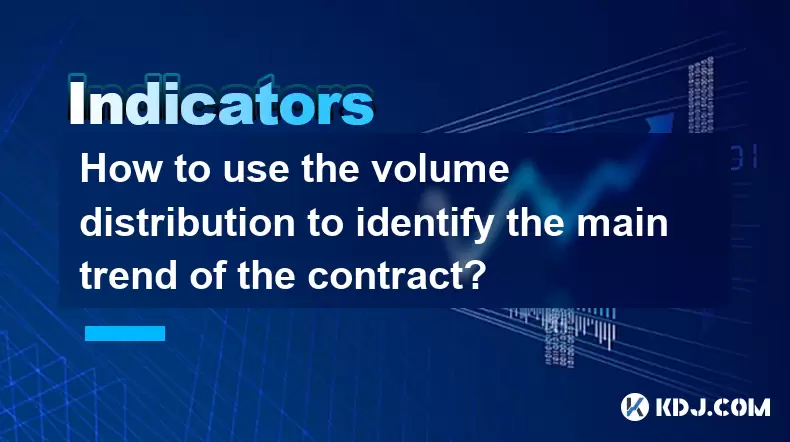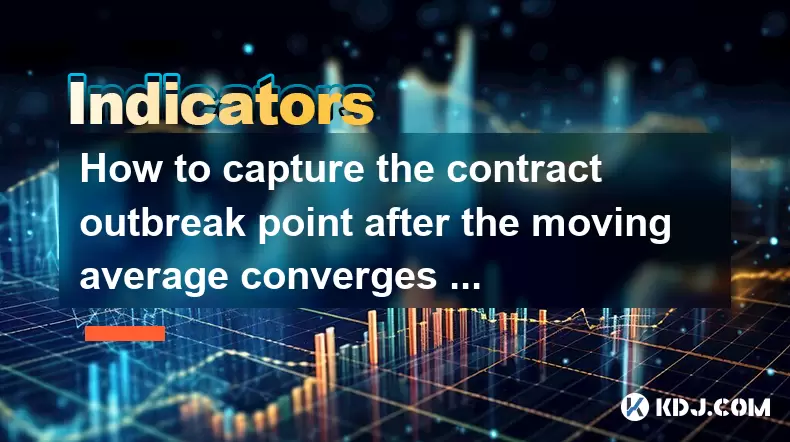-
 Bitcoin
Bitcoin $106,754.6083
1.33% -
 Ethereum
Ethereum $2,625.8249
3.80% -
 Tether USDt
Tether USDt $1.0001
-0.03% -
 XRP
XRP $2.1891
1.67% -
 BNB
BNB $654.5220
0.66% -
 Solana
Solana $156.9428
7.28% -
 USDC
USDC $0.9998
0.00% -
 Dogecoin
Dogecoin $0.1780
1.14% -
 TRON
TRON $0.2706
-0.16% -
 Cardano
Cardano $0.6470
2.77% -
 Hyperliquid
Hyperliquid $44.6467
10.24% -
 Sui
Sui $3.1128
3.86% -
 Bitcoin Cash
Bitcoin Cash $455.7646
3.00% -
 Chainlink
Chainlink $13.6858
4.08% -
 UNUS SED LEO
UNUS SED LEO $9.2682
0.21% -
 Avalanche
Avalanche $19.7433
3.79% -
 Stellar
Stellar $0.2616
1.64% -
 Toncoin
Toncoin $3.0222
2.19% -
 Shiba Inu
Shiba Inu $0.0...01220
1.49% -
 Hedera
Hedera $0.1580
2.75% -
 Litecoin
Litecoin $87.4964
2.29% -
 Polkadot
Polkadot $3.8958
3.05% -
 Ethena USDe
Ethena USDe $1.0000
-0.04% -
 Monero
Monero $317.2263
0.26% -
 Bitget Token
Bitget Token $4.5985
1.68% -
 Dai
Dai $0.9999
0.00% -
 Pepe
Pepe $0.0...01140
2.44% -
 Uniswap
Uniswap $7.6065
5.29% -
 Pi
Pi $0.6042
-2.00% -
 Aave
Aave $289.6343
6.02%
Does the rebound of the StochRSI oversold zone indicate a rebound?
The StochRSI indicator helps identify overbought and oversold market conditions, offering potential trend reversal signals when combined with other technical analyses.
Jun 19, 2025 at 04:29 am

Understanding the StochRSI Indicator
The Stochastic RSI (StochRSI) is a momentum oscillator that combines elements of both the Relative Strength Index (RSI) and the Stochastic oscillator. It was developed to enhance the sensitivity of RSI, especially in identifying overbought and oversold conditions more accurately. The indicator oscillates between 0 and 1 (or 0 to 100 in some platforms), and it's calculated by applying the Stochastic formula to RSI values rather than price data.
Traders often use StochRSI to detect potential trend reversals, particularly when the indicator moves into extreme territory. A reading below 0.2 (or 20 on a 0–100 scale) is considered oversold, while above 0.8 (or 80) is seen as overbought. However, merely being in the oversold zone does not guarantee a reversal or a bounce.
Important:
Just because an asset is in the oversold territory doesn’t automatically mean it will rebound — false signals are common, especially during strong downtrends.What Does Oversold Mean in StochRSI?
When the StochRSI enters the oversold region, it suggests that the underlying asset may be excessively sold and could potentially see a short-term reversal. In theory, this should signal traders to consider buying opportunities. However, markets can remain irrational for extended periods, and prices can continue to fall even after entering the oversold area.
- Oversold levels typically range from 0.2 to 0.3 (or 20 to 30)
- It reflects exhaustion in selling pressure
- It may precede a bullish divergence
While these conditions might suggest a rebound is possible, they do not confirm one. Traders must look for additional confirmation signals before making decisions based solely on StochRSI readings.
How to Interpret StochRSI Rebounds from Oversold Zones
A rebound occurs when the StochRSI line crosses above its signal line after reaching oversold levels. This crossover can indicate strengthening momentum and the potential for a bullish move. However, interpreting this correctly requires context:
- Check the broader trend: If the overall market is bearish, rebounds may be short-lived.
- Look for bullish divergences: If the price makes a new low but StochRSI does not, this may indicate hidden strength.
- Combine with volume analysis: A rebound supported by increasing volume can offer stronger confirmation.
False breakouts are common, especially in highly volatile markets like cryptocurrency. Therefore, relying solely on StochRSI without considering other indicators or chart patterns can lead to premature entries and losses.
Practical Steps to Confirm a StochRSI Oversold Rebound
To increase the probability that a rebound from the oversold zone is genuine, follow these steps:
- Analyze the larger time frame: Ensure you're not trading against the dominant trend.
- Look for bullish candlestick patterns: Engulfing candles or hammer formations near support can add weight to a StochRSI signal.
- Use moving averages: A close above key moving averages like the 50 EMA can confirm a shift in momentum.
- Incorporate volume indicators: Tools like OBV (On-Balance Volume) can help validate whether buying pressure is building.
- Watch for multiple time frame confluence: If StochRSI shows signs of bouncing on both hourly and daily charts, it strengthens the signal.
These steps help filter out noise and reduce the number of false positives that come from using StochRSI alone.
Case Study: StochRSI Bounce in Cryptocurrency Market
Let’s take a real-world example from the Bitcoin market in early 2024. After a sharp decline, Bitcoin’s StochRSI dropped below 0.2 on the daily chart, indicating oversold conditions. At the same time:
- Volume began to pick up, suggesting accumulation was taking place.
- Price formed a bullish engulfing pattern, which aligned with the StochRSI rebound.
- The 50-day EMA acted as dynamic support, reinforcing the bullish case.
In this scenario, the combination of factors confirmed the validity of the StochRSI signal, and price indeed rallied shortly afterward. However, had any of these confirming factors been absent, the trade would have carried significantly higher risk.
Frequently Asked Questions
Q: Can StochRSI be used effectively in sideways markets?
Yes, in ranging or consolidating markets, StochRSI tends to provide clearer signals, especially when combined with support/resistance levels.
Q: Should I always wait for StochRSI to exit the oversold zone before buying?
Not necessarily. Some traders enter earlier when they spot a bullish divergence or a positive histogram expansion in MACD, but doing so increases risk.
Q: How reliable is StochRSI compared to RSI?
StochRSI is more sensitive than RSI and thus generates more signals, but it also produces more false ones. Combining both can offer better clarity.
Q: Is there a preferred setting for StochRSI in crypto trading?
Many traders use the default 14-period setting, but adjustments can be made depending on volatility. Shorter periods make the indicator more reactive, while longer periods smooth it out.
Disclaimer:info@kdj.com
The information provided is not trading advice. kdj.com does not assume any responsibility for any investments made based on the information provided in this article. Cryptocurrencies are highly volatile and it is highly recommended that you invest with caution after thorough research!
If you believe that the content used on this website infringes your copyright, please contact us immediately (info@kdj.com) and we will delete it promptly.
- BAY Miner & XY Miners: Unlock Daily Earnings with BTC, DOGE, and LTC Cloud Mining
- 2025-06-20 10:25:12
- Decoding the Aaluxx Myth: Maya Protocol and the Smart Economy
- 2025-06-20 10:30:12
- Binance Wallet, Exclusive Token, Launch: What You Need to Know
- 2025-06-20 10:45:12
- Semler Scientific's Bitcoin Bet: Bold Move or Risky Gamble?
- 2025-06-20 10:50:12
- SHIB Eyes on Whale Activity and Shibarium Upgrade: Will It Trigger a Reversal?
- 2025-06-20 10:50:12
- Crypto Bull Run Expert Prediction: Navigating the Generational Surge
- 2025-06-20 08:25:12
Related knowledge

What does it mean when the short-term RSI breaks through 50 but the long-term RSI does not move in the RSI indicator?
Jun 20,2025 at 10:42am
Understanding the RSI Indicator and Its Dual-Term ApplicationThe Relative Strength Index (RSI) is a widely used momentum oscillator in technical analysis, primarily for identifying overbought or oversold conditions in an asset’s price movement. It typically operates on a scale from 0 to 100, with levels above 70 considered overbought and below 30 consid...

How to combine the Bollinger Bands and MACD to improve the contract winning rate?
Jun 19,2025 at 06:35pm
Understanding Bollinger Bands and MACD IndicatorsTo effectively combine Bollinger Bands and the MACD (Moving Average Convergence Divergence), it's essential to first understand what each indicator represents. Bollinger Bands consist of a middle moving average line and two outer bands that adjust based on market volatility. When prices move toward the up...

How to use the TRIX indicator to capture the long-term trend of the contract?
Jun 20,2025 at 09:14am
What Is the TRIX Indicator?The TRIX (Triple Exponential Average) indicator is a momentum oscillator used to identify oversold and overbought conditions, as well as potential trend reversals in financial markets. It is calculated by applying a triple exponential moving average to price data and then taking the percentage rate of change of that smoothed v...

How does the long lower shadow of the K line indicate the formation of the bottom of the contract?
Jun 19,2025 at 05:00am
Understanding the Long Lower Shadow in K-Line AnalysisIn cryptocurrency trading, K-line analysis plays a pivotal role in determining market sentiment and potential price reversals. A long lower shadow, also known as a long wick, is one of the most telling candlestick patterns that traders look for when assessing whether a bottom might be forming in a co...

How to use the volume distribution to identify the main trend of the contract?
Jun 20,2025 at 03:56am
Understanding Volume Distribution in Cryptocurrency ContractsIn the realm of cryptocurrency trading, particularly within futures and perpetual contracts, volume distribution plays a pivotal role in deciphering market sentiment. Unlike spot markets, contract trading involves leveraged positions that can amplify both gains and losses. To navigate this com...

How to capture the contract outbreak point after the moving average converges and diverges?
Jun 19,2025 at 02:07pm
Understanding Moving Average Convergence and Divergence in Crypto TradingIn cryptocurrency trading, moving averages are among the most widely used technical indicators. The concept of convergence and divergence refers to how different moving averages align or separate over time. When short-term and long-term moving averages come together (converge), it ...

What does it mean when the short-term RSI breaks through 50 but the long-term RSI does not move in the RSI indicator?
Jun 20,2025 at 10:42am
Understanding the RSI Indicator and Its Dual-Term ApplicationThe Relative Strength Index (RSI) is a widely used momentum oscillator in technical analysis, primarily for identifying overbought or oversold conditions in an asset’s price movement. It typically operates on a scale from 0 to 100, with levels above 70 considered overbought and below 30 consid...

How to combine the Bollinger Bands and MACD to improve the contract winning rate?
Jun 19,2025 at 06:35pm
Understanding Bollinger Bands and MACD IndicatorsTo effectively combine Bollinger Bands and the MACD (Moving Average Convergence Divergence), it's essential to first understand what each indicator represents. Bollinger Bands consist of a middle moving average line and two outer bands that adjust based on market volatility. When prices move toward the up...

How to use the TRIX indicator to capture the long-term trend of the contract?
Jun 20,2025 at 09:14am
What Is the TRIX Indicator?The TRIX (Triple Exponential Average) indicator is a momentum oscillator used to identify oversold and overbought conditions, as well as potential trend reversals in financial markets. It is calculated by applying a triple exponential moving average to price data and then taking the percentage rate of change of that smoothed v...

How does the long lower shadow of the K line indicate the formation of the bottom of the contract?
Jun 19,2025 at 05:00am
Understanding the Long Lower Shadow in K-Line AnalysisIn cryptocurrency trading, K-line analysis plays a pivotal role in determining market sentiment and potential price reversals. A long lower shadow, also known as a long wick, is one of the most telling candlestick patterns that traders look for when assessing whether a bottom might be forming in a co...

How to use the volume distribution to identify the main trend of the contract?
Jun 20,2025 at 03:56am
Understanding Volume Distribution in Cryptocurrency ContractsIn the realm of cryptocurrency trading, particularly within futures and perpetual contracts, volume distribution plays a pivotal role in deciphering market sentiment. Unlike spot markets, contract trading involves leveraged positions that can amplify both gains and losses. To navigate this com...

How to capture the contract outbreak point after the moving average converges and diverges?
Jun 19,2025 at 02:07pm
Understanding Moving Average Convergence and Divergence in Crypto TradingIn cryptocurrency trading, moving averages are among the most widely used technical indicators. The concept of convergence and divergence refers to how different moving averages align or separate over time. When short-term and long-term moving averages come together (converge), it ...
See all articles

























































































